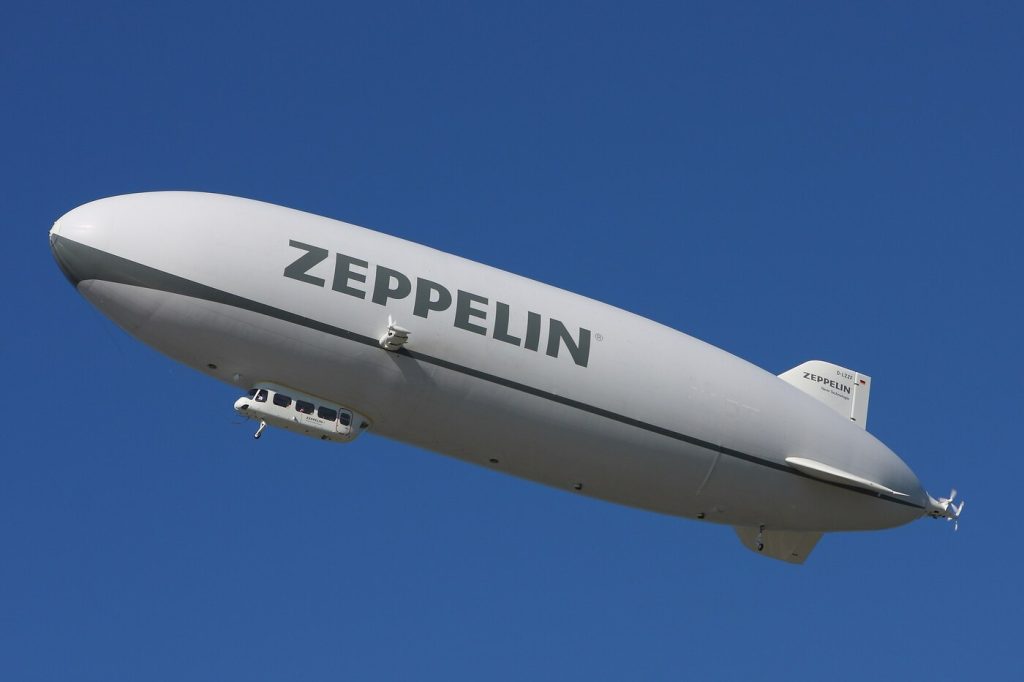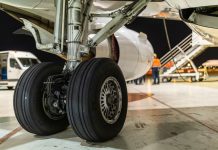Aerostats are among the oldest means of transport created by humans. With their charm and bright colours, today they’re some of the most ‘Instagrammable’ forms of transport when it comes to leisure flights and festivities. But how do they work?
Aerostats
Hot air balloons are not the only type of aerostat.
Based on their ability to be manoeuvred, they can be divided into two major types:
- Hot air balloons, with no instruments for manoeuvring and directing the balloon. Tourism hot air balloons belong to this category and can carry human beings in a ‘gondola’, the basket beneath the supporting balloon and the burner
- Airships, equipped with engines and stability systems. These aerostats can be directed and are therefore more complex
The flight of aerostats is primarily based on Archimedes’ principle, which states more or less the following (…all together!): any body submerged in a fluid (in this case, air) is acted upon by an upward force that is equal to the weight of the fluid that it displaces.
So, if a balloon is filled with a light gas such as helium or hydrogen, the balloon will be acted upon by an upward force which is equal to the weight of the air it displaces. (As long as the balloon is made with very strong fabric!)
Airships

The airship was invented in 1852, about 70 years after the first flight by the Montgolfier brothers in a balloon filled with hot gas. It was in 1900 that German general and inventor Ferdinand von Zeppelin designed the rigid airship to replace the old balloon with a ballast.
In the past, airships were largely used in the military field, and today they are still used in the civil field for marketing, as platforms for aerial shots or as tourist transportation.
Are you a true AVGeek?

There are three types of airship:
- The rigid airship, with an aluminium internal structure forming a ‘cigar’ shape. This aerostat can fly thanks to a structure of cells filled with gas. Rigid airships were highly used in the past, like the famous Zeppelin we mentioned earlier.
- The semi-rigid airship, with a rigid keel or a truss supporting the balloon longitudinally. This type of airship has a small balloon which can be inflated or deflated to balance the structure while flying. A few notable examples of semi-rigid airships from the past are those designed by the Frenchmen Lebaudy and Julliot, and by the Italian general Umberto Nobile for expeditions to the North Pole.
- The non-rigid airship or blimp, a balloon that holds its shape only thanks to the overpressure of the gas in relation to the external atmosphere. This type of airship has some ballonets, which are small air bags at the stern and bow that help control the pitch. This type of transport is mainly used for commercial and advertising purposes. One of the most famous is the one used by Goodyear Tire & Rubber Company.

Don’t worry, #AVGeek friends, the next article in our column will be about aeroplanes!





